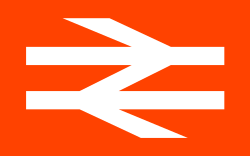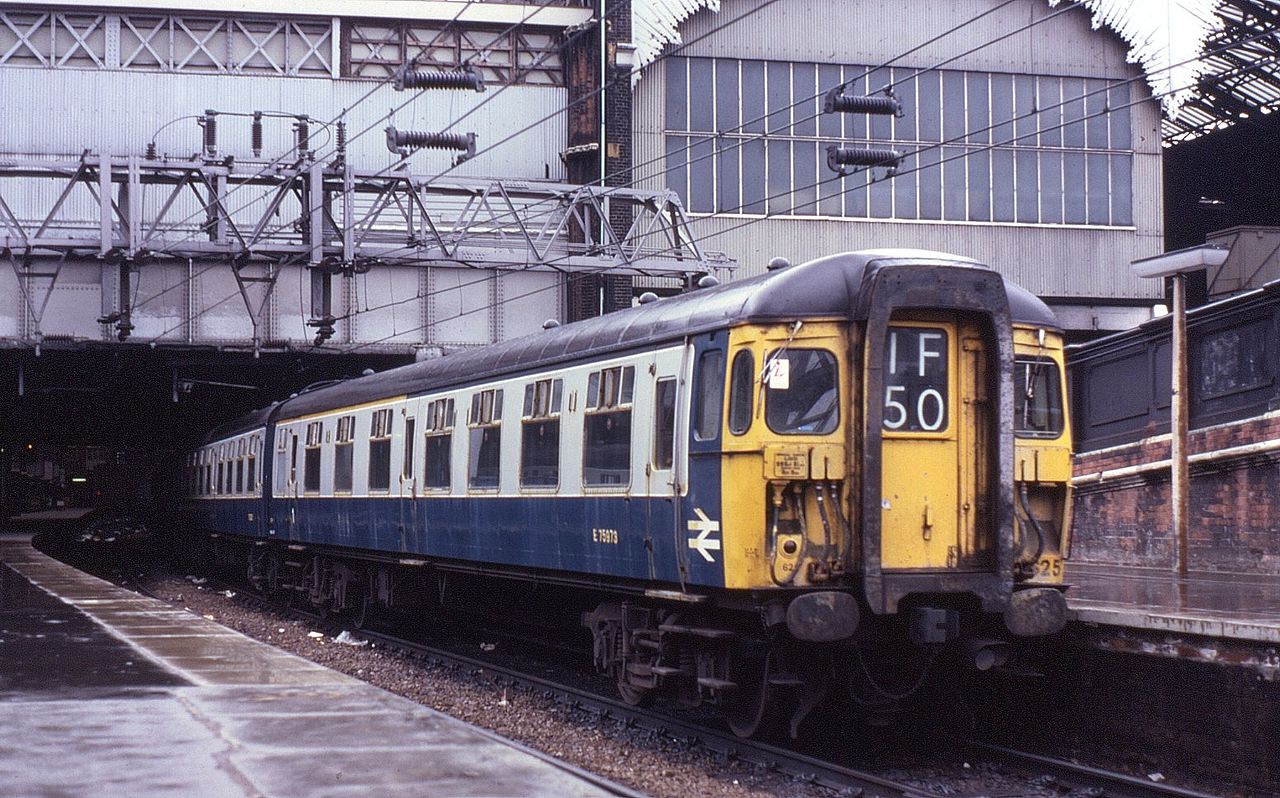Development of the Sunshine Coast Line
In 1843 the railway came to Colchester and by 1854 was extended to Harwich with boat links to the Netherlands.In 1855 the line from Colchester (North) to Hythe for traffic to the port was opened. In 1859 the Tendring Hundred Railway (THR) was incorporated to extend the line from Hythe to the fishing port of Walton-on-the-Naze. This was opened in stages as a single line with passing loops beside most stations (which were single platform affairs) first to Alresford, then to Weeley, then Kirby Cross and finally Walton-on-the-Naze in 1867. The line to Clacton was completed when the connection from Thorpe-le-Soken to Clacton opened on 4 July 1882.
The GER soon negotiated to buy both the Tendring Hundred Railway and the Clacton-on-Sea Railway, and both became part of the GER on 1 July 1883. In 1923 the line (along with the rest of the GER) became part of the London and North Eastern Railway. Following nationalisation on 1 January 1948, the line became part of the Eastern Region of British Railways.
Electrification
Electrification of the line commenced in the 1950s and by January 1959 the line was electrified as far as Great Bentley. The first trial train to run on the newly electrified section departed Colchester on 18 January 1959. The line was the first in the country to be electrified at 25 kV AC, using overhead wires, with electrified services inaugurated on 13 April 1959.BR Class 309 EMU
Between 1962 and 22nd January 1994, services on the Clacton line were largely operated by a fleet of Class 309 electric multiple units (EMU) which were specially designed and constructed for the route. Growing up in Wivenhoe in the 1970's I used the 309's to commute to college in Colchester and on regular trips to London. They were very smooth running and very comfortable. After over 30 years of good service the 309's were replaced on the route by newer rolling stock between 1992 and 1994 during the Network SouthEast era.Original livery 309 in 1964
The British Rail Class 309 "Clacton Express" electric multiple units (EMUs) were built by British Rail (BR) York Carriage Works from 1962–1963. These units were the first express 25 kV alternating current (AC) units to be built by British Rail, and British Rail's first EMUs to be capable of 100 mph.
When built, units were used exclusively on Great Eastern Main Line (GEML) express services from London Liverpool Street to Clacton-on-Sea and Walton-on-the-Naze (also marketed as the Sunshine Coast Line). Trains would be formed of three units in a ten-car formation (i.e. one two car unit, and two four car units). The train would divide at Thorpe-le-Soken, with one of the 4-cars units used on the Walton section, and the remaining six cars continuing to Clacton. The Clacton portion usually included the griddle car unit, and was always the second to leave Thorpe-le-Soken, being the rear (London end) portion of the coastbound train.
Last 309 at Clacton 2000
After 1992 the 309's were removed from service although seven were retained for possible reuse around Manchester on suburban trains repainted in RRNW blue livery with a green stripe. By 1999 the "Clacton Express" units were surplus to requirements even in Manchester and were finally withdrawn from service.
As a farewell gesture, three units were used on a final railtour from Manchester to their old haunt of Clacton-on-Sea via London Liverpool Street. Following this tour all seven units were withdrawn in May 2000.





